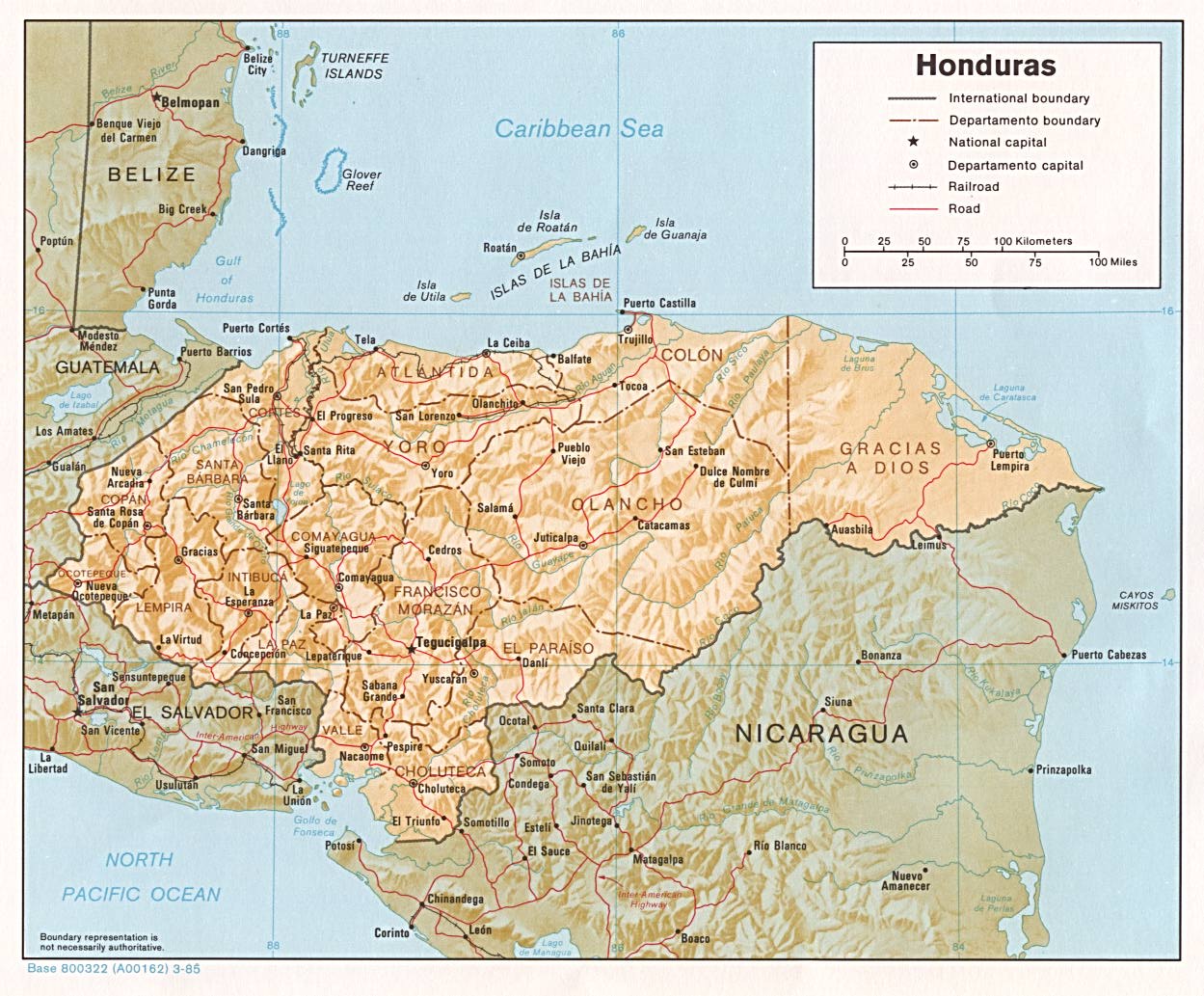
To fly is the opposite of traveling: you cross a gap in space, you vanish into a void, you accept not being in any place for a duration that is itself a kind of void in time; then you reappear, in a place and in a moment with no relation to the where and the when in which you vanished. Meanwhile, what do you do? How do you occupy this absence of yourself from the world and the world from you? You read; you do not raise your eyes from the book between one airport and the other, because beyond the page there is a void, the anonymity of stopovers, of the metallic uterus that nourishes you, of the passing crowd always different and the same. You might as well stick with this other abstraction of travel, accomplished here by the anonymous uniformity of typographical characters: here, too, it is the evocative power of names that persuades you that you are flying over something and not nothingness.
from Italo Calvino's If on a winter's night a traveler
Have you ever felt that daze that comes from airport traveling? It's an interesting experience, checking bags, and then letting yourself go into long hallways, and eventually onto the plane, where you set aside personal comfort zones and try not to go to the bathroom. It is accepting passivity, to be directed rather than to direct yourself. Big signs tell you where to go, guards tell you to take off your shoes, and you have to go along passively.
Calvino (one of my favorite authors) relates the act of reading to the passivity of air travel. We let ourselves go, we suspend our critical thinking; we let the text, or the author, be the guiding authority. I think this is what makes reading great: it is a break from our normal routine, of telling ourselves what to do. Getting "wrapped up in a book" seems to be the preferred description.
Also, the times that I flew to/ from Honduras, there was this shift in time. Going to Honduras, I would arrive after midnight. Once I got in at 4 am! There would be very few people in the airport, and no lights on in the city. Almost like I was going into the unknown, to wait for people I didn't know to pick me up, to take me to a school that I had no experience with. It's kind of crazy to assume that all of these different links in the chain are going to connect.
Coming home from Honduras was almost the opposite: I would leave late at night, with all the lights in the city gone out, and strangers in the airport, and flying into the states where it would be morning again, and my parents would be waiting. It's a shift in the emotional experience of time, I think. Calvino says at the end that we are flying over nothingness, and that a book, like travel, is just a set of conventions that we accept. Maybe they both are only means to transfer us to someplace different in our lives. Fiction isn't real, but it can show us something real beyond itself. And we land somewhere different than we expected, to find a world that is more varied and complex than we understood before.
Maybe this is why travel and a good book complement each other... they both carry us somewhere, change our minds, and connect us with other people.










































